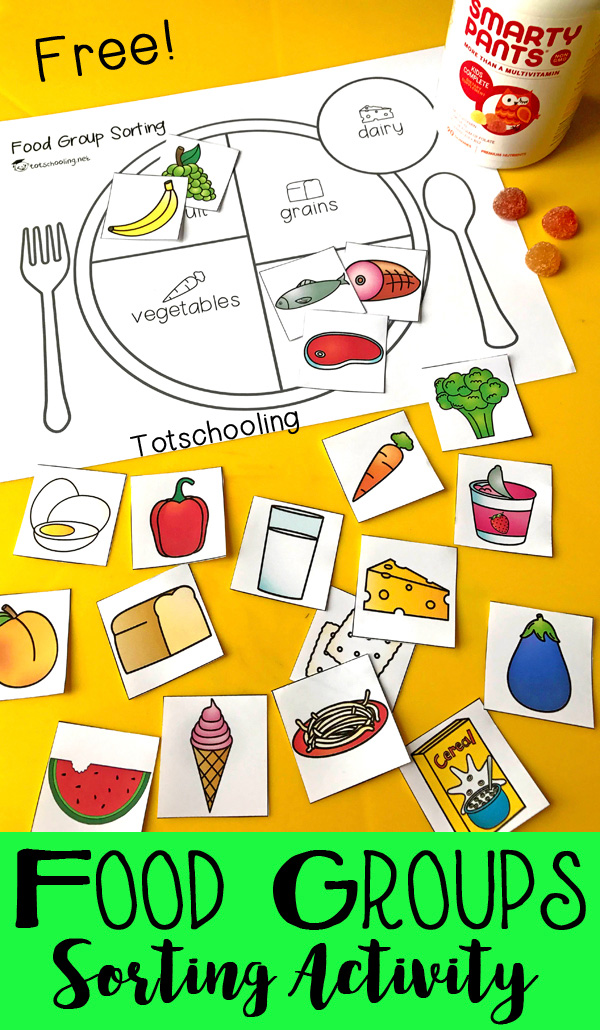

The cookie is used to store the user consent for the cookies in the category "Other. This cookie is set by GDPR Cookie Consent plugin. The cookies is used to store the user consent for the cookies in the category "Necessary". The cookie is set by GDPR cookie consent to record the user consent for the cookies in the category "Functional". The cookie is used to store the user consent for the cookies in the category "Analytics". These cookies ensure basic functionalities and security features of the website, anonymously. 35, 376–382.Necessary cookies are absolutely essential for the website to function properly. Zive MM, Elder JP, Prochaska JJ, Conway TL, Pelletier RL, Marshall S &, Sallis JF (2002): Sources of dietary fat in Middle Schools. Westerterp-Plantenga MS (2001): Analysis of energy density of food in relation to energy intake regulation in human subjects. Simons-Morton BG, O’Hara NM, Parcel GS &, Huang IW (1990): Children's frequency of participation in moderate to vigorous physical activities. Shannon C, Story M, Fulkerson JA &, French SA (2002): Factors in the school cafeteria influencing food choices by high school students. Radzikowski J &, Gale S (1984): The national evaluation of school nutrition programs. Osganian SK, Ebzery MK, Montgomery DH, Nicklas TA, Evans MA, Mitchell PD, Lytle LA, Snyder MP, Stone EJ, Zive MM, Bachman KJ, Rice R &, Parcel GS (1996): Changes in the nutrient content of school lunches: results from the CATCH East Smart food service intervention. Neumark-Sztainer D, Story M, Hannan PJ &, Croll J (2002): Overweight status and eating patterns among adolescents: where do youths stand in comparison with the health people 2010 objectives? Am. Nielsen SJ, Siega-Riz AM &, Popkin BM (2002): Trends in energy intake in US between 19: similar shifts seen across age groups. Nicklas TA, Dwyer J, Mitchell P, Zive M, Montgomery D, Lytle L, Cutler J, Evans M, Cunningham A, Bachman K, Nichaman M &, Snyder P (1996): Impact of fat reduction on micronutrient density of children's diets: The CATCH study. McLennan W &, Podger A (1995): National Nutritional Survey User's Guide. Margarey AM, Daniels LA &, Boulton JC (2001): Prevalence of overweight and obesity in Australian children and adolescents: reassessment of 19 data against new standard international definitions. Magarey A, Daniels LA &, Smith A (2001): Fruit and vegetable intake of Australians aged 2–18 years: an evaluation of the 1995 National Nutrition Survey data. Lugwig DS, Peterson KE &, Gortmaker SL (2001): Relation between consumption of sugar-sweetened drinks and childhood obesity: a prospective, observational analysis. Harnack L, Stang J &, Story M (1999): Soft drink consumption among US children and adolescents: nutritional consequences. BMJ 315, 477–480.įarris RP, Nicklas TA, Webber LS &, Berenson GS (1992): Nutrient contribution of the school lunch program: implications for healthy people 2000. 59, 239–244.Įgger G &, Swinburn B (1997): An ‘ecological’ approach to the obesity pandemic. 24, 794–800.ĭrewnowski A (2000): Sensory control of energy density at different life stages. Public Health 22, 337–353.ĭiMeglio DP &, Mattes RD (2000): Liquid versus solid carbohydrate: effects on food intake and body weight. To help prevent obesity and improve nutrition in schools, biscuits, snack bars and fruit/cordial drinks brought from home and fast food, packaged snacks, and confectionary sold at canteens should be replaced with fruit and water.ĭietz WH &, Gortmaker SL (2001): Preventing obesity in children and adolescents. In all, 14% of children purchased food from the canteen and they obtained more energy from fast food, packaged snacks, desserts, milk and confectionary ( P≤0.05) than noncanteen users.Ĭonclusions: Energy-dense foods and beverages are over-represented in the Australian school environment. Fruit intake was low and consumption was greater in school. Fast foods and soft drinks contributed 11 and 3% of total energy intake however, these food groups were mostly consumed out of school. Energy-dense foods and beverages such as fat spreads, packaged snacks, biscuits and fruit/cordial drinks made a greater contribution to energy intake at school compared to out of school ( P≤0.01). Results: An average of 37% of total energy intake was consumed at school. Subjects on school days: A total of 1656 children aged 5–15 y who had weekday 24-h dietary recall data. Objective: To determine differences in the contribution of foods and beverages to energy consumed in and out of school, and to compare consumption patterns between school canteen users and noncanteen users.ĭesign: Cross-sectional National Nutrition Survey, 1995.


 0 kommentar(er)
0 kommentar(er)
